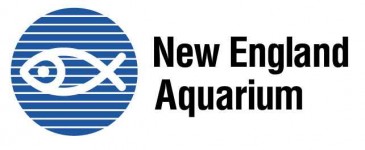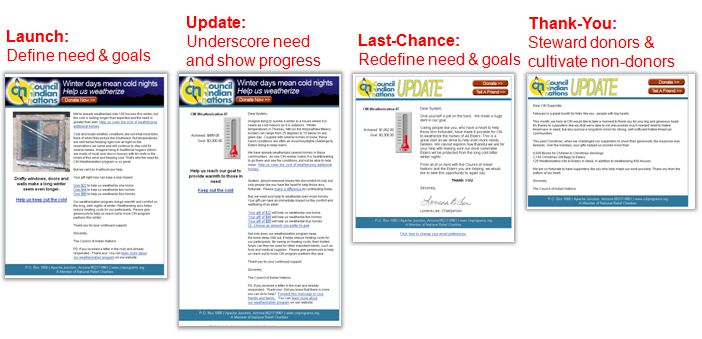Donors are kind to nonprofits in December, so it's only fair we return the favor to them – all year long.
My recent post may be perceived as heavy handed when it comes to email volume, and though that is true for the large part (no denying!), my point has always been to not send email for the sake of sending email. Have a plan, devise a strategy, know your audience, and respond appropriately when communicating electronically.
What is email appropriateness? Do not spam. Say goodbye to spray-and-pray. And question unbridled urges to blast the entire housefile. Every organization needs a gatekeeper; your donors will thank you.
But it is possible to send more email and see greater results while being thoughtful to your donors in 2014.
This is done through more advanced segmentation. For example, if my housefile is 10k and I send one email to everyone that's 10k sends, but if I slice my file into two groups and send a total of three messages, I will have sent 15k total emails. Sending smaller, more personalized communications that align to needs of audience often results in a higher number of base sends.
 My favorite example of this approach has been adopted by the New England Aquarium at year-end. Two emails go out on December 31st, one in the morning and one in the evening. Using Luminate Online's Email Response Rate Segmentation Task, the second email targeted those who had opened or clicked an email over the previous 90 days (i.e. duration of year-end campaign) but have not given to the Aquarium.
My favorite example of this approach has been adopted by the New England Aquarium at year-end. Two emails go out on December 31st, one in the morning and one in the evening. Using Luminate Online's Email Response Rate Segmentation Task, the second email targeted those who had opened or clicked an email over the previous 90 days (i.e. duration of year-end campaign) but have not given to the Aquarium.
The results have had a significant impact on email driven revenue in December. In 2012, the afternoon email sent by the Aquarium resulted in a 49% bump of funds raised by email on the last two days of the year. In 2013, the second email accounted for 17.5% of added email driven revenue on the last two days of the year. This is a drop from the previous year, but then again the aquarium saw a 525% increase in total email revenue driven in December.
How can this winning email strategy be applied all year long? Though similar in principle to email remarketing, there are many use-cases for this particular email strategy but I will focus on just one. If we look at the anatomy of a typical fundraising campaign, there are four basic parts: Launch, Update, Last-Chance, and Thank-You. See below.
To apply this winning email strategy to your organization's everyday fundraising campaign, all that needs to be done is to introduce a fifth message. Yes, more email, but also a more thoughtful approach that will seek to drive higher number of actions for fundraising or advocacy campaigns. After the Last-Chance email, a follow up email can be sent to those who've opened or clicked on previous messages by have not acted on the campaign.
This can be completed in Luminate online by using the Email Response and Segmentation Task, specifically Engagement Factors. Once the Engagement Factors have been created, the query can be built using the Task criteria. After the query has been completed, run the query and build the group for the more personalized, follow up message to the targeted audience.
Does your organization have other ways to deepen engagement with your constituents through more frequent, but targeted emails? If so, please share or let me know. Thanks!

No comments:
Post a Comment